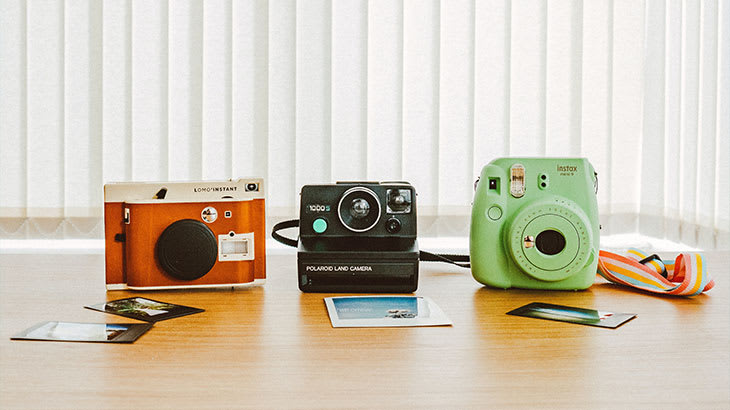The best camera for professional photography will mean different things that offer lots of helpful automated features at a modest price.
In this guide, we’ll run you through the list to bring you good cameras for professional photography options for your journey.
Your job as a professional photographer is ultimately enjoyable with creativity. But you will need to possess some good creative skills and techniques and you will build them while studying a photography course. But make sure you choose the correct one, that’s leading – Hamstech would be your correct choice. Before that, let’s learn the various features that the best cameras possess.
Best Camera for Professional Photography
In this list of great cameras, we’ve made sure to include a few relatively low-cost options. Let’s check them out!
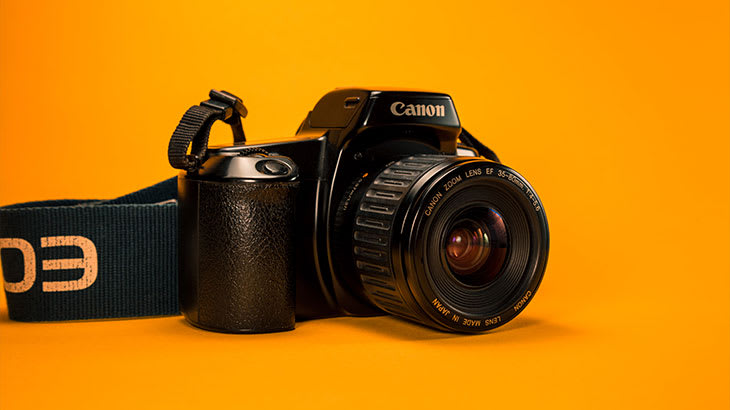
1.Canon EOS R50
Specifications
Type: Mirrorless
Sensor size: APS-C
Resolution: 24.2 MP
Lens: Canon RF-S
Monitor: Tilting touchscreen of 3-inch
Continuous shooting: 15fps
User level: Beginner
Pros
+ Super effective autofocus
+ Advanced auto modes
+ Cheap
Cons
– Poor lens range
– No headphone socket

2.Nikon Z fc
Specifications
Type: Mirrorless
Sensor size: APS-C
Resolution: 20.9 MP
Lens: Nikon Z
Monitor: 3-inch vari-angle touchscreen
Max burst speed: 11fps
User level: Enthusiast
Pros
+ Outstanding handling
+ Convenient vari-angle display
Cons
– Only UHS-I card
– Rare DX-format Z lenses

3.Panasonic Lumix S5 II
Specifications
Type: Mirrorless
Sensor size: Full-frame
Resolution: 25.2 MP
Lens: L-mount
Viewfinder: EVF
Monitor: free-angle tilting display of 3-inch
Burst speed: 30fps
User: Expert level
Pros
+ Snappy phase-detection autofocus
+ Expert-level video quality
+ Extraordinary stabilization
Cons
– No CF Express Card slot
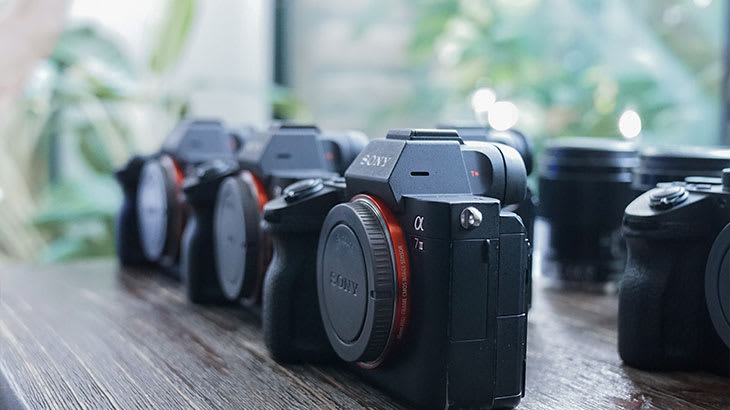
4.Sony Alpha A7 IV
Specifications
Type: Mirrorless
Sensor: Full-frame
Megapixels: 33 MP
Lens: Sony E-mount
Monitor: 3in fully articulating touchscreen
Max speed: 10fps
User level: Enthusiast/Professional
Pros
+ Amazing burst mode
+ Class-leading Sony AF
Cons
– Need expensive cards
– Prices out everyday users
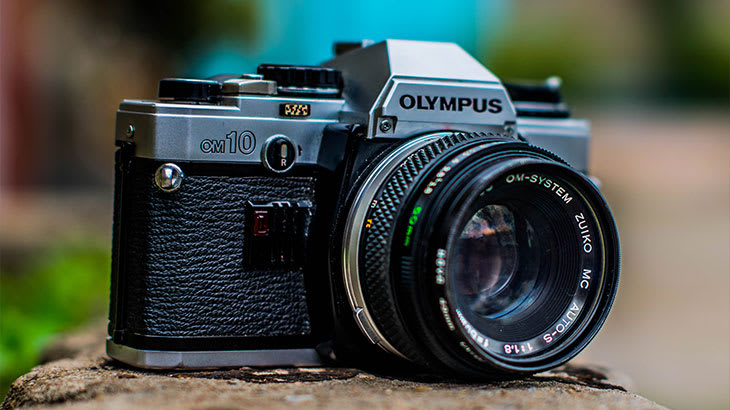
5.Olympus OM-D E-M10 Mark IV
Specifications
Type: Mirrorless
Sensor size: Four Thirds
Resolution: 20.3 MP
Lens: Micro Four Thirds
Monitor: Tilting touchscreen of 3-inch
Max speed: 5fps
User level: Beginner
Pros
+ Exquisite build
+ Helpful beginner modes
Cons
– Only 5fps speed
Getting the best camera for professional photography is solely not enough to practice your skills. You will need to practice and master them with the help of some smart tips to become a professional.
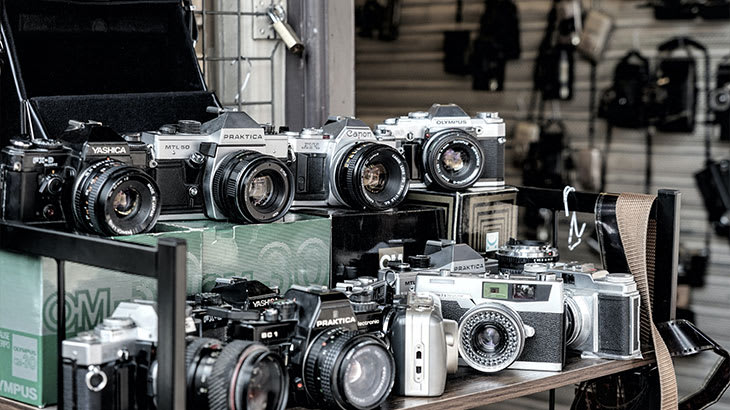
Best DSLR Tips for a Professional Photography
When it comes to useful photography tips, I suggest writing them down for later because most of them are forgettable. This blog contains the best DSLR tips for professional photography.
- Work with Your Composition
To take engaging photos, put thought into your composition and try to take photos. It’s essential to understand the fundamentals – doesn’t crop out significant details of your subject and try to avoid any diversions. If the photo doesn’t look good on your first try, keep at it until the photo looks the way you want it to.
- Learn Settings
There are a lot of camera settings, and it takes some practice, but it’s worth learning how to set your camera properly. First, try practising with camera modes; it might be confusing at first, but hopefully you will become good at the aperture, shutter speed and ISO. Aside from those, learn how to focus properly with the different autofocus modes.

- Pay Attention to the Light
Probably the special most important part of photography is light. But what matters as good light? What I meant by good light is to balance the light’s intensity between your subject and background. The most comfortable way to solve this is to pay attention to the direction of the light.
- Move Your Feet
It’s easy to get stuck in one place, but don’t fall into that trap. Move as much as possible, change the height of your camera, walk forward and backwards and do whatever you need to. To make a difference in the relative sizes and positions of the objects, one must start repositioning.
- When to Use a Flash
Flashes are great if you need some extra light. The easiest way to get good results is to just get an external flash tilt at the ceiling and use a relatively long lens to get amazed at the quality of your event photos. But use flashes outdoors, where you can fill in ugly shadows on your subject just by using a gentle flash.
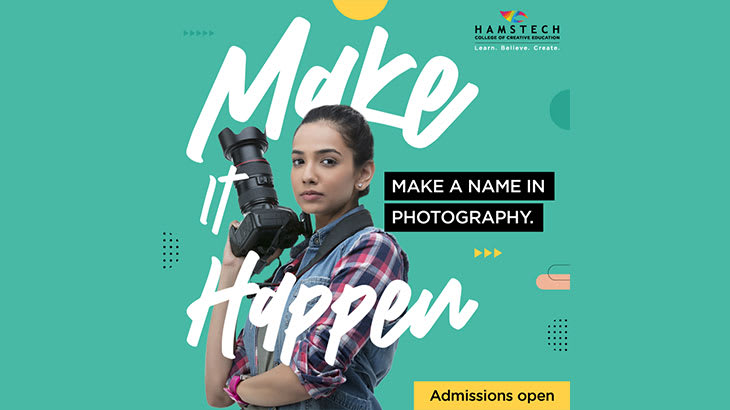
Final Words
As we promised to talk about Hamstech later, it’s time for it now. Why Hamstech would be the right choice? Because –
- It is the leading design college in Hyderabad with 30 decades of experience
- Learn from the industry-leading photographer, Avinash Gowariker
- Learn with practical learning methodology through webinars and workshops
- Easily step into the professional career with 300+ placement partners
- Gain real-time experience and prove talent with an annual event – Pixel Perfect Show
- Able to choose from 4 different photography courses ranging from bachelor to diploma to certificate
- Can be part of interactive guest lectures with professionals
If you want to feel the comfort at home and learn the concepts, tips and techniques with all these advantages. Then this is possible with the Hamstech app which possesses all the above features.
I know you are occupied with all the advantages that it offers. Then why late? Enrol in your favourite course and become a professional.

